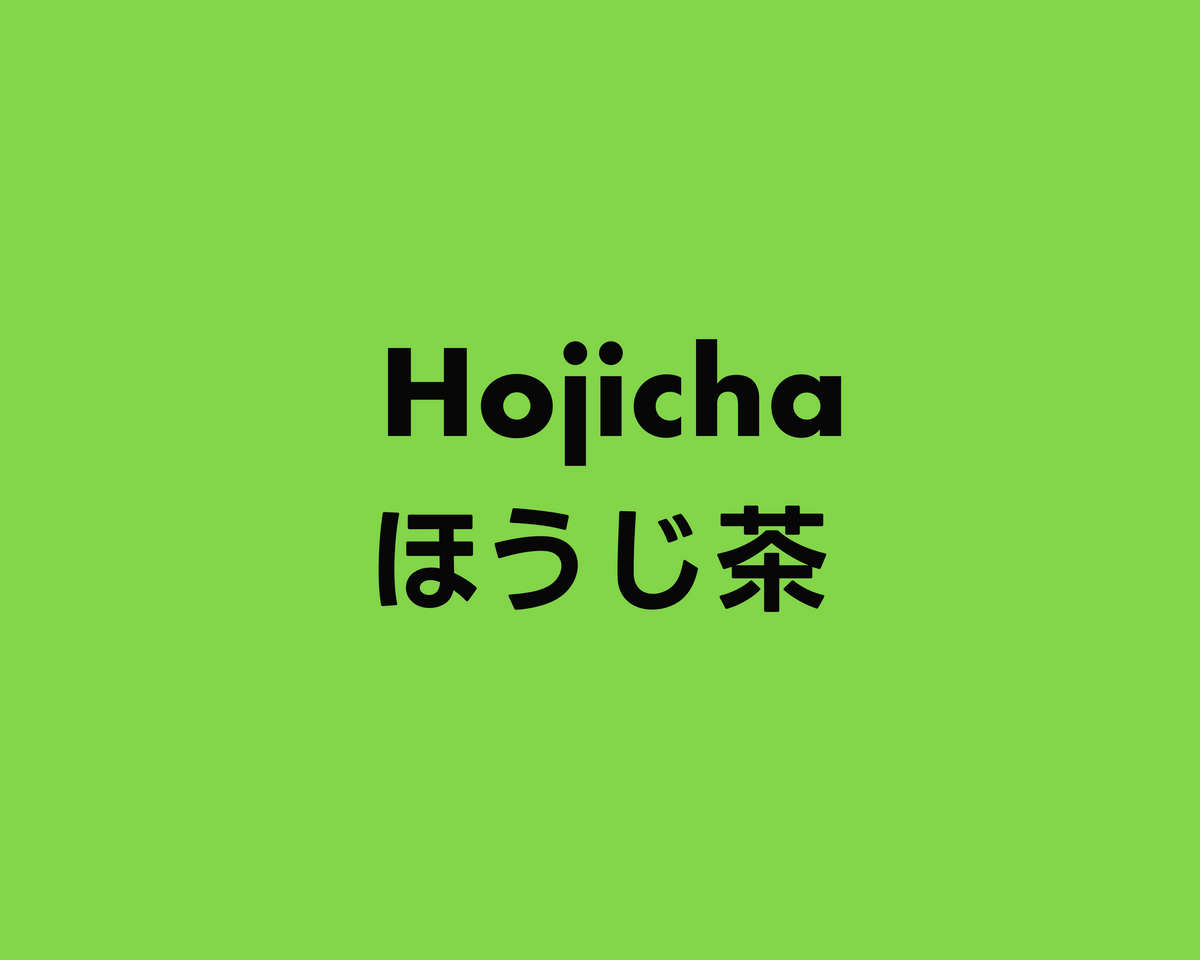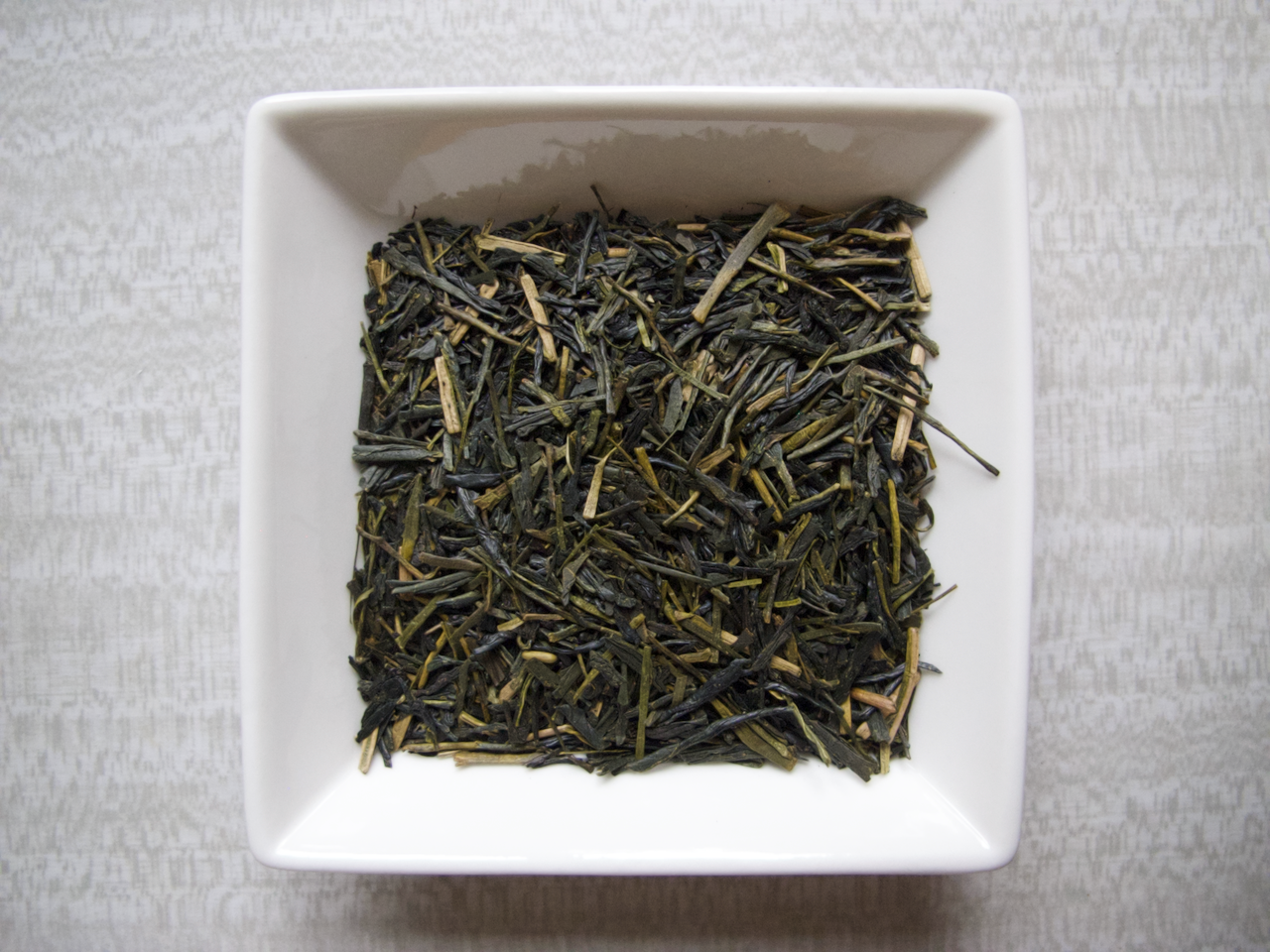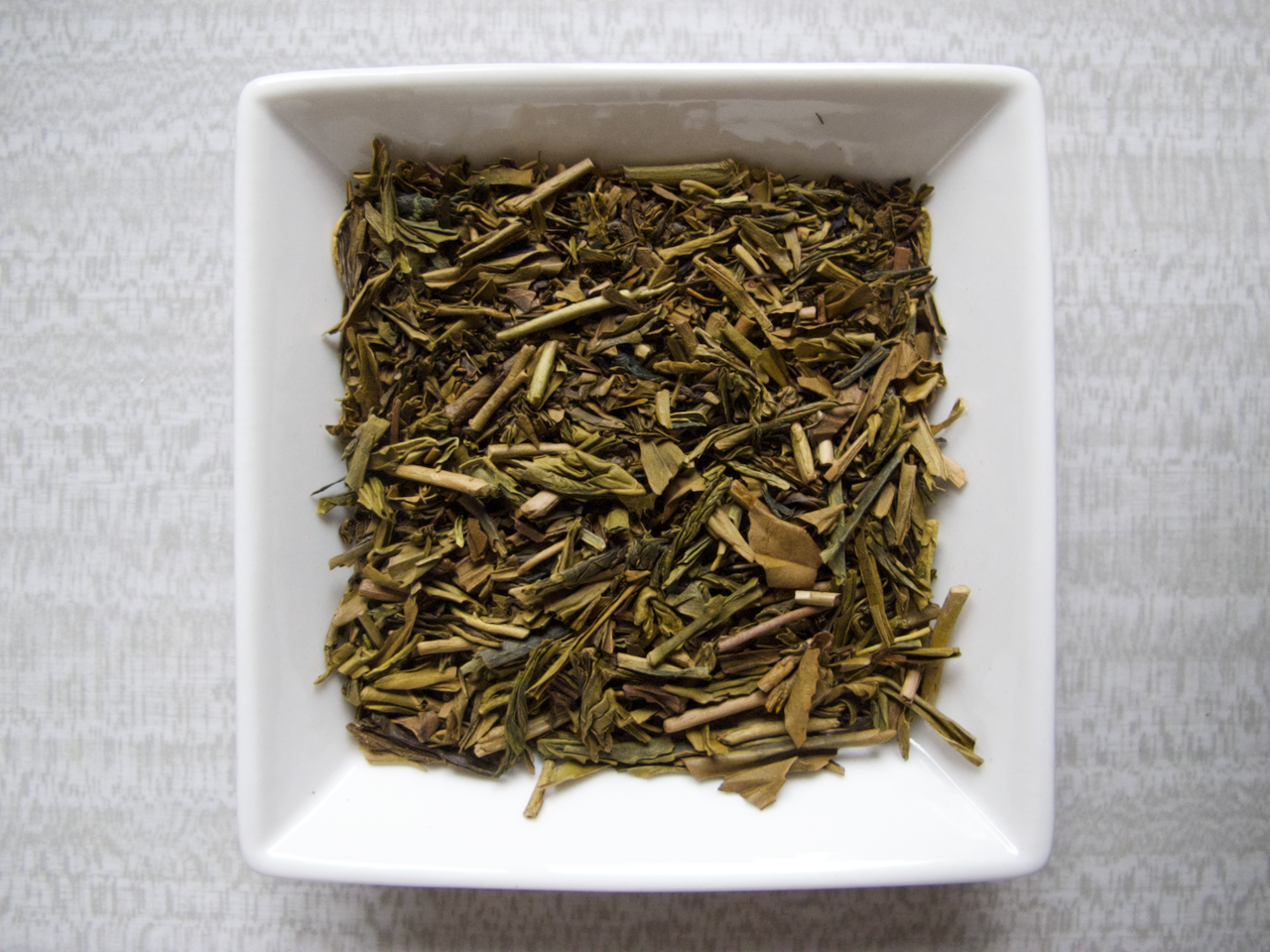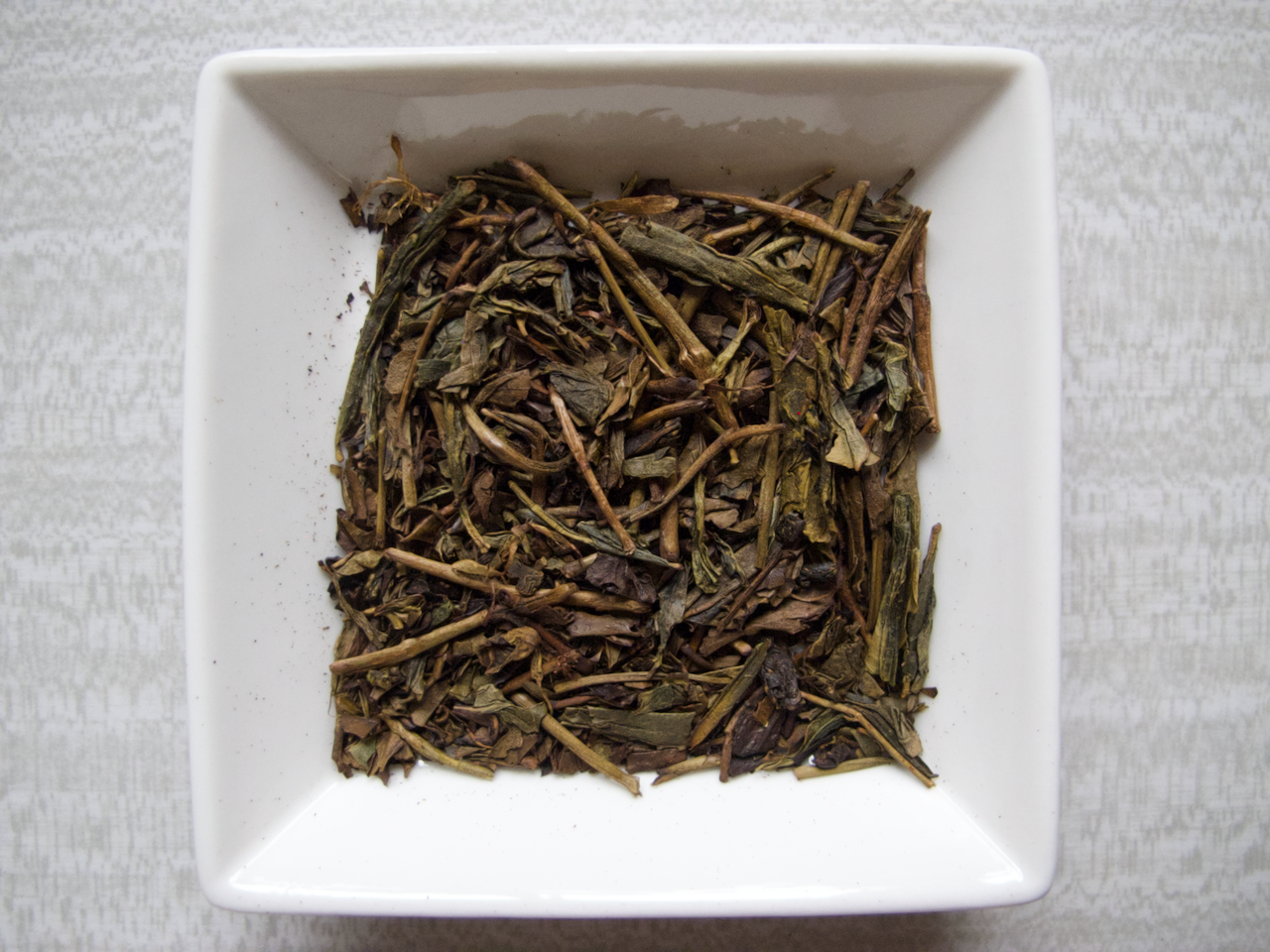Hojicha ほうじ茶・焙じ茶

Status: 🌱
Hojicha is a green roasted tea, categorized as reprocessed tea 再加工茶, usually considered a lower-grade tea made from Bancha 番茶 roasted leaves. This definition is quite generic for this roasted tea. Factors like leaves used, roasting degrees, and the twig/leaf ratio impact the quality of the tea, making it a pleasant experience.
It has a unique aroma due to the presence of Pirazin. A compound that appears in roasted processes. The roasting also reduces astringency and bitterness in the tea, which is already lower in Caffeine and Catechin, as the compounds responsible for these flavours are less prominent in more mature bancha leaves. The caffeine content and its variation during roasting is a different topic, where the information is highly dependent on the methods used in the research, so here it is not discussed.
The base levels of Caffeine and Catechin are highly dependent on the leaf material. For example, a Hojicha containing more young leaves like the ones harvested for Sencha 煎茶 or roasted Sencha processed leaves to create a Sencha Hojicha will present different levels than a Hojicha made with Kukicha 茎茶 as a base material. Because of the generally low caffeine content, it is gentle on the stomach and safe to drink at night for most people, including Caffeine sensitive populations like the elderly or children.
Similarly to coffee, sesame seed and other nuts or seeds, drum barrel roasting machines are used. There are also drawer and oven-style roasters, more commonly used for the drying process and the Firing process 火入 (ひいれ).
Hojicha offers a wide range of possibilities as it can vary in the material leaf used and leaf/twig ratio. It can also present different degrees of roasting as well. The following pictures are an attempt to showcase the amount of variation. Please read the captions of the pictures to see the material and roasting degree used.
Brewing Hojicha is traditionally done in large water kettles over a stove with boiling water. The more coarse mature leaves and the roasting style allow this brewing style to extract higher amounts of compounds from the tea. In recent times, with some farmers using Sencha processed leaves or a lighter roasting, some Hojicha tea benefits from a more careful brewing method.
A water temperature of 80 Cº or more is a good starting point for a lighter roasted tea. Gradually raised as the roasting degree increases. If the proportion of tea tends to contain more twigs, higher water temperature might enhance the overall cup. If the tendency is on more leave material, less temperature or a decrease in time could benefit the tea. These are the two main factors to consider for brewing, except for personal preference.
Boiling the tea in a kettle can give the most extraction out of the leaves. Sometimes that is preferable for some people, and sometimes being able to do multiple less aggressive stepping is more desirable for others.

Sueyoshi Seicha Kobo Hojicha 青焙じ茶


